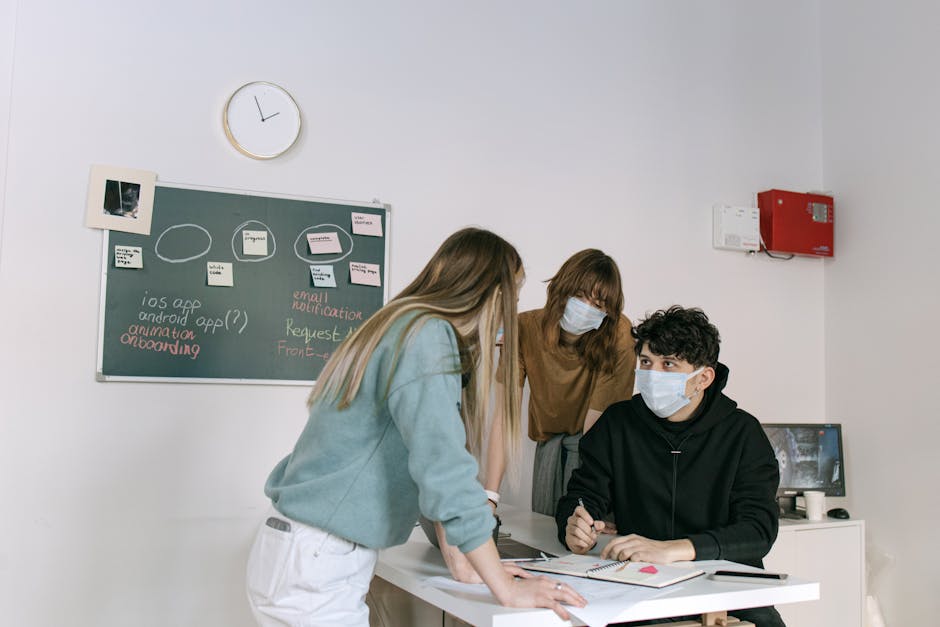The Great Return: How Workplace Habits are Evolving Post-Pandemic
“As employees return to the office in the post-pandemic world, workplace habits and attitudes are undergoing significant changes. From altered commute schedules and desk personalization to a renewed focus on time management and in-person collaboration, this article delves into the evolving trends shaping the modern workplace. ”

The pandemic has fundamentally transformed the way we work, interact, and communicate in the workplace. As employees embark on the "Great Return" to the office, old habits are being replaced by new ones, and attitudes towards work are shifting. A recent report by WOX, based on a survey of 1,000 office workers, sheds light on these evolving workplace habits in the post-pandemic era.

Embracing the New Normal
Contrary to initial fears, the return to the office has been a pleasant surprise for most employees. An overwhelming 90% of those surveyed discovered that being back in the workplace is better than they anticipated. Even among those required to return, there is a consensus (91%) that the experience has exceeded expectations. Employees are rediscovering the joys of meeting up with work friends, getting out of the house, and collaborating in person.
Flexible Commutes and Office Hours
One notable change in the post-pandemic workplace is the shift in commute patterns. Over half (52%) of employees have altered their pre-pandemic commute to the office. Many are opting for earlier start times, with 34% arriving earlier than they did before COVID-19. Interestingly, new hires are more likely to stay longer at the office compared to their tenured colleagues, with 41% arriving earlier and 31% leaving later.

Personalizing the Workspace
With the adoption of hybrid working models and hot desking, employees are finding ways to make their temporary workspaces feel more personal. Over a quarter (27%) of those surveyed prefer to choose the same desk when working on-site, while nearly a third (32%) enjoy customizing their desks with ergonomic chairs, favorite keyboards, or items from home. Millennials, in particular, are embracing desk personalization, with 40% enjoying the opportunity to make their workspace their own.
Relearning Essential Skills
After an extended period of remote work, employees are brushing up on essential skills that may have gone dormant. Time management tops the list, with 40% of respondents focusing on this crucial skill. Other areas of focus include small talk and interacting with others (31%), in-person presentation skills (29%), and even selecting appropriate work outfits (29%).

Balancing Virtual and In-Person Collaboration
Despite the return to the office, virtual meetings remain a significant part of the workday. Nearly half (49%) of employees spend more time in virtual meetings with colleagues who are not on-site compared to pre-pandemic times. However, there is also a renewed emphasis on in-person collaboration, with 36% of respondents reserving priority meetings and collaborative work for days when they are in the office.
Embracing Purposeful Breaks and Socialization
Employees are taking a more proactive approach to planning their workdays, blending in downtime and social activities. Over a third (34%) are spending more time socializing with coworkers in the office, while 27% are making an effort to meet new people at work. Taking purposeful breaks (31%) and running personal errands (29%) are also becoming more common, especially among male employees.

As the workforce navigates the post-pandemic landscape, it is clear that workplace habits and attitudes are evolving. From flexible commutes and personalized workspaces to a renewed focus on essential skills and purposeful breaks, employees are finding ways to make the most of their time in the office. By embracing these changes and fostering a supportive work environment, organizations can help their teams thrive in the new normal.